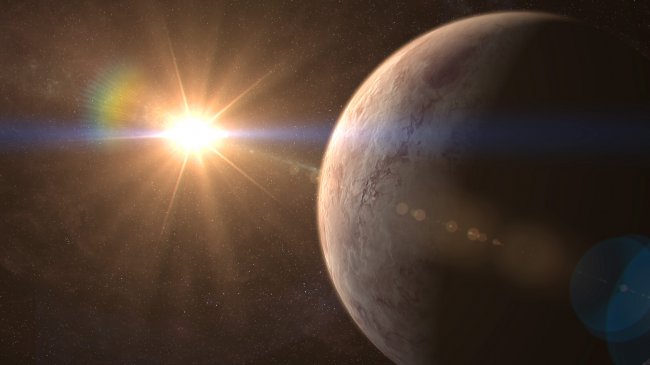
A new exoplanet has been discovered which is said to be a "super-Earth" type planet called GJ 536 b, which is located 32.7 light years away from Earth.
The mass of this exoplanet is about 5.4 Earth masses, which is in orbit around a very luminous red dwarf star nearby. What makes it different is that the planet doesn't orbit within the star's habitable zone.
This planet was discovered by Alejandro Suárez Mascareño, a PhD student from the Instituto de Astrofísica de Canarias (IAC) and the University of La Laguna (ULL) along with thesis directors at the IAC -- Rafael Rebolo and Jonay Isaí González Hernández.
"So far, the only planet we have found is GJ 536 b, but we are continuing to monitor the star to see if we can find other companions," says the lead author of the article, Alejandro Suárez Mascareño.
"Rocky planets are usually found in groups, especially round stars of this type, and we are pretty sure that we can find other low mass planets (other "superearths") on orbits further from the star, with periods from 100 days up to a few years. We are preparing as programme of monitoring for transits of this new exoplanet to determine its radius and mean density," he added.
The orbital period of this planet is 8.7 days and the star it orbits around is found to be cool despite being close to the Sun. Further research has to be done on the atmospheric composition of this planet.
"This rocky exoplanet is orbiting a star much smaller and cooler than the Sun, but sufficiently nearby and bright," said Jonay Isaí González.
"It is also observable from both the northern and southern hemispheres, so that it is a very interesting for future high stability spectrographs and in particular for the possible detection of another rocky planet in the habitability zone of the star," he added.
A cycle of magnetic field was also found during this research, which was similar to the Sun's, but had a shorter time period of three years.














